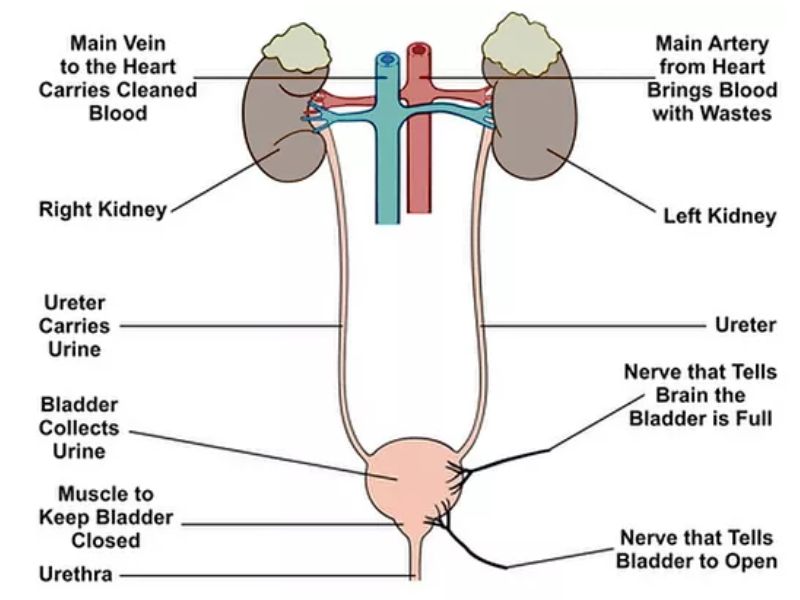What is Bilateral Renal Agenesis?
Bilateral Renal Agenesis is when both kidneys fail to develop during the early weeks of pregnancy.
Most people have 2 kidneys, one on the left side of the body and one on the right, which along with the bladder, ureters and urethra form the renal / urinary system, a system which eliminates waste from the body in the form of urine.
The renal system has other important functions which include regulating the volume of blood in the body and the blood pressure, it also regulates blood PH levels which stops the blood becoming too acidic or too alkaline.
And finally the renal system helps control the levels of natural salts, called electrolytes, and metabolites, which are products from metabolism, which also occur naturally in the body. All of these functions keep our blood and body in a state of balance every day.

Bilateral renal agenesis is when both kidneys fail to develop and this is usually noted at a 20 week anomaly scan where there is an absence of both kidneys seen on scanning. A reduction in amniotic fluid will also be seen, either Oligohydramnios, where there is too little amniotic fluid around the baby or Anhydramnios which is a complete or near complete absence of amniotic fluid present.
During pregnancy, the kidneys are expected to begin developing from approximately 6 weeks with the mothers body producing amniotic fluid. From around 14-16 weeks the developing the baby will begin to swallow the amniotic fluid and, in the presence of a renal system, will then pass the fluid out as urine. This is a continuous cycle which continues until the baby is born.
During pregnancy a baby’s lungs are filled with amniotic fluid which creates a positive pressure in the baby’s developing lungs, and this pressure enables the lungs to develop, grow and mature ready for birth.
In cases of Bilateral Renal Agenesis, any fluid swallowed by the baby will be absorbed since there is no renal system to pass the amniotic fluid out. The placenta will replace the kidneys in filtering waste out of the baby’s blood until the baby is born.
With there being very little or no fluid remaining, there will be not be enough fluid in the baby’s lungs to help develop them resulting in under-developed lungs called Pulmonary Hypoplasia.
Pulmonary Hypoplasia the reason babies diagnosed with Bilateral Renal Agenesis are unable to survive and they are not able to support breathing either on their own or when assisted.

